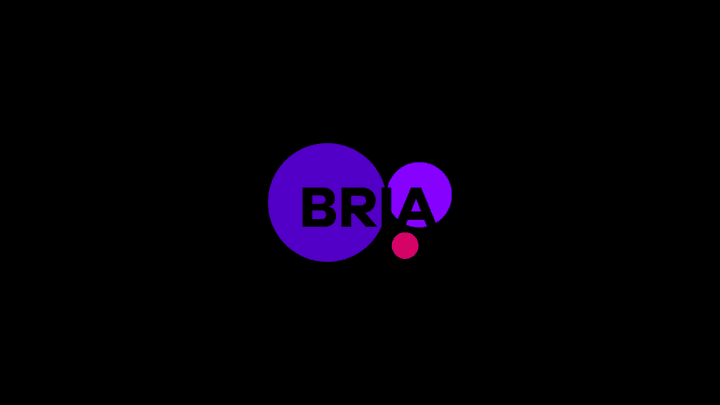While it’s tough to manage a single project, managing several in one portfolio is another matter of difficulty. PPM involves juggling priorities, allocating resources accordingly, and aligning all projects with the organization’s strategic goals.
Over the years, PPM strategy innovations have revolutionized how organizations manage this complexity by streamlining processes, enhancing visibility, and orienting business outcomes. Let’s dive in to understand what innovative strategies exist today, their benefits, and how they can be used to help organizations excel.
What is Project Portfolio Management?
In essence, PPM encompasses managing a group of projects to ensure those projects align with an organization’s objectives. Unlike managing a single project, PPM addresses:
Strategic Alignment: Ensuring projects contribute to long-term goals.
Resource Optimization: Allocating time, money, and talent efficiently.
Risk Management: Identifying and mitigating risks across projects.
Performance Monitoring: Evaluating the overall success of the portfolio.
Effective PPM is like conducting an orchestra—every instrument (or project) must work together harmoniously to create something beautiful.
Why Effective PPM Matters
Organizations often juggle multiple priorities. Without proper PPM strategies, this can lead to:
Resource Overlaps: Wasting time and effort.
Missed Deadlines: Delays caused by unclear priorities.
Budget Overruns: Poor use of funds.
Frustrated Teams: The wear and tear on employees from conflicting demands.
Effective PPM ensures resources are utilized judiciously, projects are completed on time, and confidence in the direction of the organization is maintained among all stakeholders.
Innovative Strategies to Perform Project Portfolio Management
Let’s plunge into some of the state-of-the-art strategies transforming PPM:
1. AI-Driven Decision Support
AI will analyze enormous volumes of information to:
- Predict the success rate of projects.
- Optimize resource allocation.
- Identify risks before they become issues.
2. Agile Portfolio Management
Applying Agile principles to PPM enables:
- Faster decision-making.
- Increased adaptability to changes.
- Improved team collaboration.
3. Data Visualization Tools
Modern PPM extensively uses visual dashboards for real-time insight into:
- Project statuses.
- Usage of budget.
- Resource availability.
4. Cloud-Based Collaboration Platforms
Cloud technology enables smooth collaboration, especially for remote teams. Asana, Jira, and Trello revolutionized how projects are tracked and managed.
5. Strategic Prioritization Frameworks
This allows organizations, through tools such as the Eisenhower Matrix or scoring models, to prioritize projects based on urgency importance, and anticipated ROI.
6. Scenario Planning
Innovative PPM includes scenario planning to account for uncertainty and ensure the portfolio remains resilient.
Personal Anecdote: A Lesson in Prioritization
Early in my career, I managed a portfolio for a marketing agency. We had five ongoing campaigns, each demanding top priority. Chaos ensued as deadlines clashed and resources were stretched thin.
Then, we implemented a simple scoring model to rank projects by strategic importance. Within weeks, the team felt more focused, deadlines were met, and clients were happier. That experience taught me the power of clear priorities in portfolio management.
Table: Traditional vs. Innovative PPM Strategies
| Aspect | Traditional PPM | Innovative PPM |
| Decision-Making | Manual, time-consuming | AI-driven, faster, data-backed |
| Flexibility | Limited adaptability | Agile, responsive to change |
| Tools | Spreadsheets, static reports | Cloud-based platforms, visual dashboards |
| Risk Management | Reactive | Proactive with predictive analytics |
| Collaboration | Dependent on physical meetings | Seamless remote collaboration |
Innovative PPM Strategy Benefits
1. Improved Productivity: Automated tools reduce administrative burdens, freeing teams to work on high-value activities.
2. Better Visibility: Monitoring progress and bottlenecks with real-time data is easier.
3. Smarter Decision-Making: Decisions would be data-informed and in full alignment with strategic objectives.
4. More Resilient: Through agile frameworks, teams can make fast turns when priorities change.
5. Higher ROIs: Resources are only allocated to the most impactful projects, maximizing returns.
Challenges to Innovative PPM Strategies
Even the best strategies come with challenges:
1. Resistance to Change: Teams might be resistant to adopting new tools or processes.
2. Initial Costs: Advanced platforms and the hiring of experts can be costly.
3. Learning Curve: Training employees to deal with a new system does take some time.
4. Data Overload: The increased information may overwhelm the decision-makers if presented effectively.
Overcoming these obstacles necessitates strong leadership, clear communication, and commitment to long-term improvement.
Future Trends in Project Portfolio Management
The future of PPM is exciting, with a host of emerging technologies and approaches set to change the game:
- Blockchain for Transparency: Immutable ledgers can enhance accountability in resource tracking.
- Predictive Analytics: Advanced tools will forecast project outcomes with greater accuracy.
- Integration with IoT: Internet of Things devices can provide real-time updates on physical project assets.
- Focus on Sustainability: Projects will be evaluated based on their environmental and social impact.
How Organizations Can Adapt
To stay ahead, organizations should:
Invest in Training: Equip teams with the skills to use modern PPM tools.
Embrace the Growth Mindset: Build an environment that embraces flexibility and constant innovation.
Start Small: Use any new approach with just one or two projects and scale up.
Partner for Excellence: Utilize specialized help to guide the transformation process.
Personal Anecdote: Power of Visualization
Many years ago, I was in a company that could not keep track of its portfolio. Our weekly meetings were endless as we fished through page after page of spreadsheets.
Then, we introduced a visual dashboard tool. In one moment, everyone could see project statuses, budgets, and timelines at a glance. Decisions moved faster, and our meetings turned into substantial discussions.
That experience showed me the potential that the right tools have to make the complex appear so simple.
In conclusion, the bottom line with these innovations in the field of project portfolio management: it’s not about the technology; it’s about creating a better way to work. By embracing these strategies, organizations can be more efficient, make better decisions, and ensure their projects deliver maximum value.
The key is to stay flexible, invest in the best toolsets, and keep the big picture in mind. PPM can change from a challenge to a competitive advantage with the right approach.


































Leave a Review